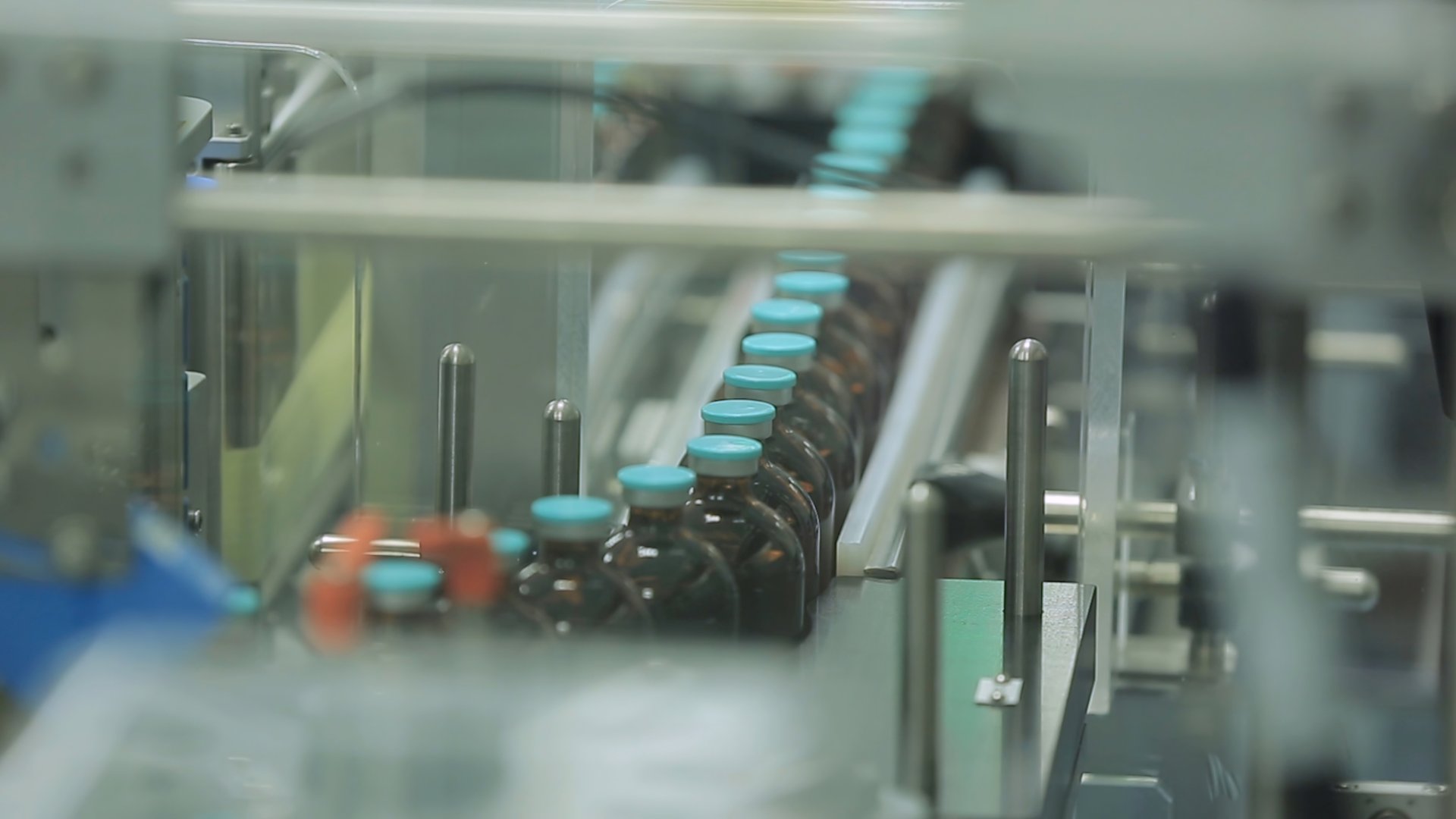Bridging the gap for enhanced efficiency and connectivity
The convergence of Information Technology (IT) and Operational Technology (OT) holds the potential to boost manufacturing performance, enabling seamless connectivity and unlocking new opportunities for growth.
The manufacturing industry has traditionally seen IT and OT systems being deeply siloed, without coexisting in the same ecosystem. IT systems primarily handle enterprise-level data and communication, while OT systems manage operational processes on the factory floor.
However, with the rise of Industry 4.0, Industrial Internet of Things (IIoT) and the increasing demand for digitisation and automation, the convergence of IT and OT has become essential for optimising efficiency, improving productivity, and enabling data-driven decision making.

IT focuses on managing information systems, business processes, networks, software applications, and enterprise resource planning (ERP).
OT deals with real-time monitoring of operational processes, industrial control systems, physical devices, and the automation of industrial processes such as assembly lines, robotics, supervisory control, and data acquisition (SCADA) systems.
As technology advances and digital transformation becomes imperative, the convergence of these two domains has become essential.

IT/OT convergence refers to the integration and harmonisation of IT and OT systems, enabling automated and real-time data exchange, analysis, and decision making. It allows manufacturers to leverage data generated by operational processes, improve efficiency, automation, and agility. By merging IT and OT, businesses can achieve a holistic view of their operations, and optimise their processes accordingly.

Enhanced performance: Integrating IT and OT systems help break the data silos and streamlines processes. Real-time data enables automated product quality assurance, optimisation of production, and preventive maintenance.
Improved decision-making: IT/OT convergence provides manufacturers with comprehensive insights into both operational and business data. This enables data-driven decision making, and supporting strategic planning.
Increased connectivity: Organisations can achieve seamless connectivity across their entire ecosystem. This fosters collaboration, enables interoperability, and facilitates the implementation of emerging technologies like Edge AI.
A real-world example of the innovative utilisation of IT/OT convergence is Smart Factories.
Smart Factories make use of Edge AI, which means running artificial intelligence algorithms close to the physical location where the data are collected.
This requires seamless integration and harmonisation of IT and OT.
Rich sensor data, machine vision and machine learning can capture the reality on the production lines, provide insights, control processes, and find for example root causes of quality defects.
By gathering and linking data from production lines, it's possible to reveal bottlenecks in the production process, enhance capacity management, and improve the predictability of production.
IT and OT departments often have different priorities, objectives, and skill sets. Bridging the cultural gap and promoting collaboration between these two domains can be complicated.
Many organizations have legacy OT systems that lack compatibility with modern IT infrastructure. Integrating these systems requires careful planning, upgrades, and system modernisation.
Combining data from IT and OT systems requires standardisation and harmonisation, data models, and secure data integration platforms. Ensuring data accuracy, integrity, and consistency can be a challenge.
We are here to help you on your journey in IT/OT convergence. It doesn't matter if you're a beginner or already have come along with integrating IT and OT in your business, let's increase the connectivity of your entire operations.
If you want to know more, please fill in the form, or you can directly book a free 30-minute meeting with us.